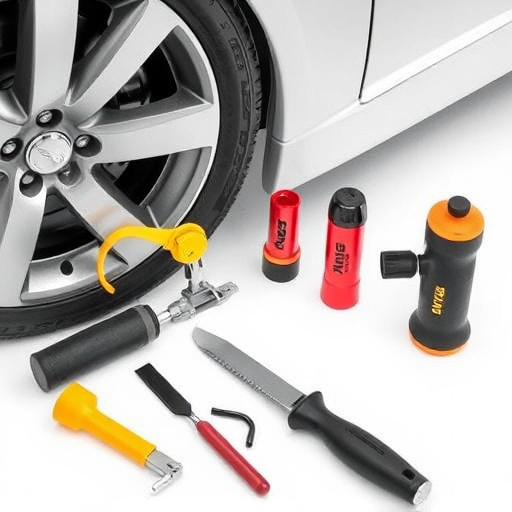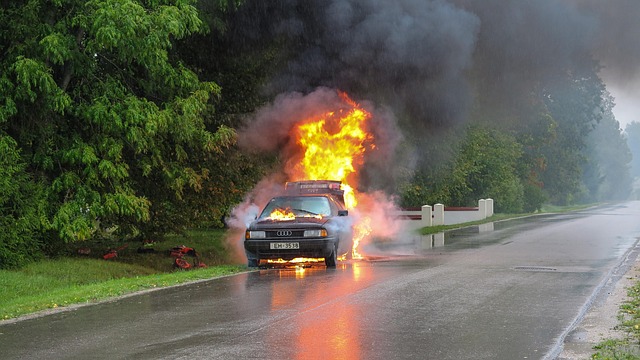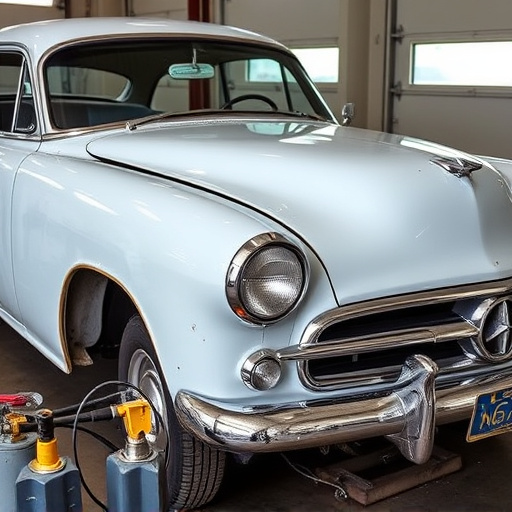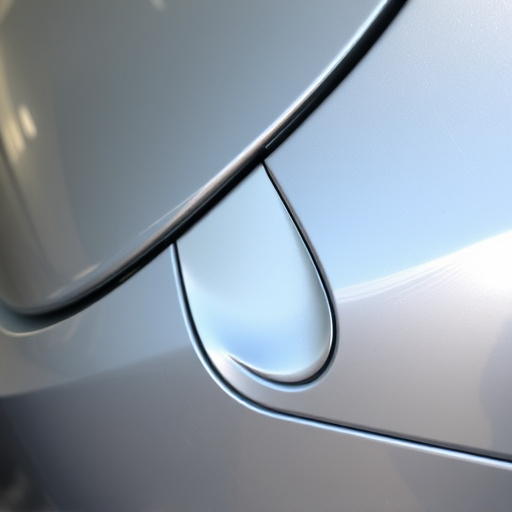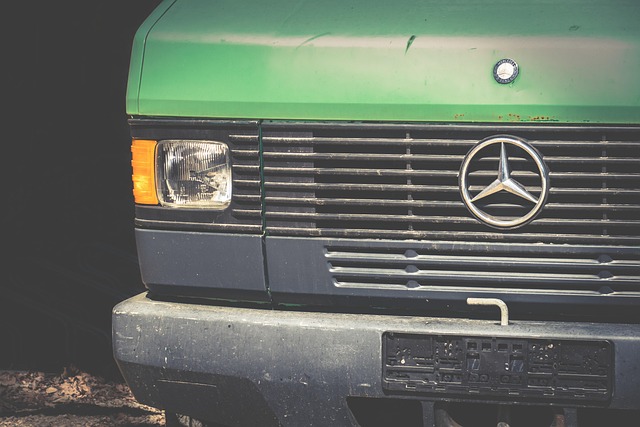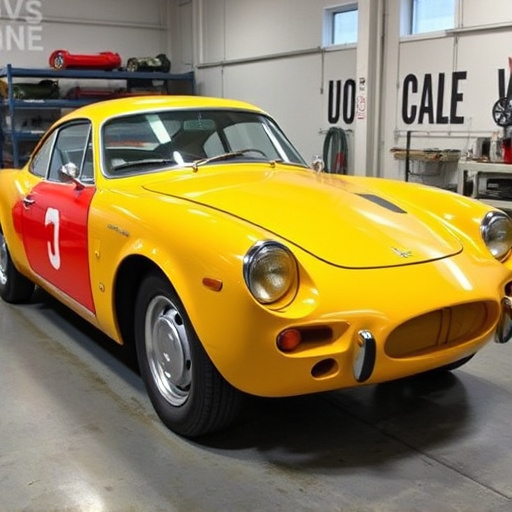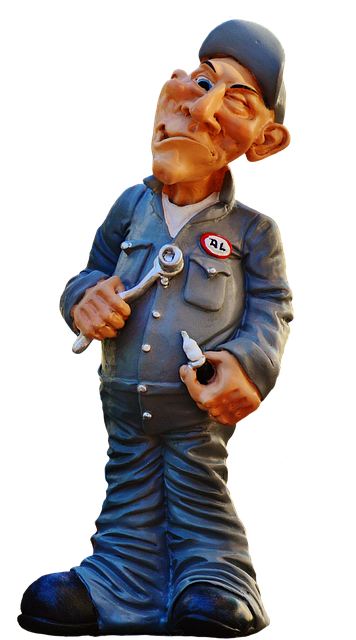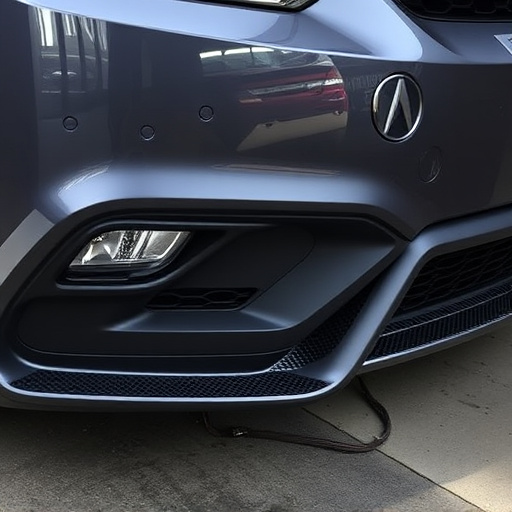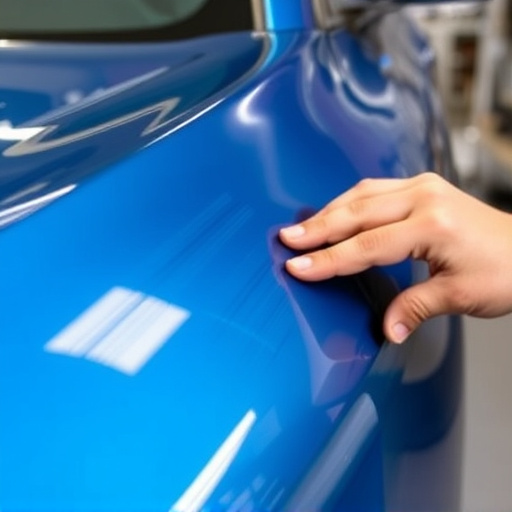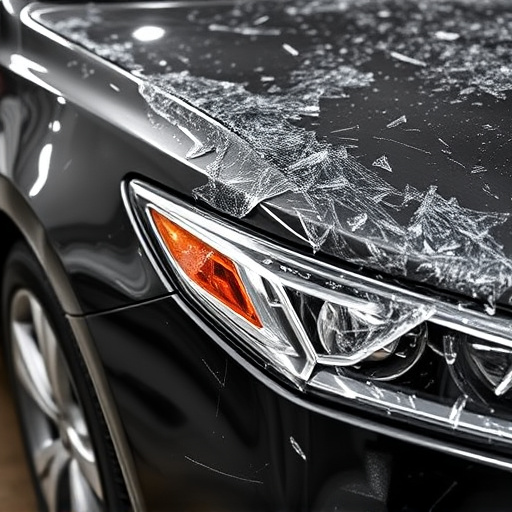Thorough research is vital for successful antique auto restoration, ensuring historical accuracy and authenticity. Restorers study era-specific details, consult vintage resources, and source original parts to recreate vehicles precisely as they were in the past. This meticulous approach maintains the cars' aesthetic value and historic integrity, making them coveted collectibles for enthusiasts.
In the meticulous world of antique auto restoration, research is not merely an option—it’s a cornerstone. Unveiling historical accuracy demands a deep understanding of the past, and research provides the keys to unlocking these secrets. From examining period photographs to delving into archives, this critical process ensures that every detail, from aesthetics to functionality, remains true to the original. With each restored antique auto, meticulous research enhances preservation, allowing these classic vehicles to continue captivating future generations.
- Understanding the Significance of Research in Antique Auto Restoration
- Unlocking Historical Accuracy: The Role of Research Tools and Techniques
- Enhancing Preservation: How Research Impacts the Quality of Restorations
Understanding the Significance of Research in Antique Auto Restoration

Research plays a pivotal role in achieving accuracy during antique auto restoration. It’s not merely about fixing or recreating an old car; it’s about preserving history and ensuring the authenticity of each restored vehicle. Before tackling any restoration project, thorough research is essential to understanding the nuances of the make, model, and era of the antique automobile. This involves delving into historical records, studying original design specifications, and examining surviving examples of similar vehicles.
By engaging in comprehensive research, restorers gain valuable insights into the materials, techniques, and finishes originally used on these classics. This knowledge guides them in selecting appropriate car paint services, body shop repairs, and auto painting methods that align with the vehicle’s historical context. Thus, research serves as a bridge between past and present, ensuring that restored antique autos not only look authentic but also maintain their integrity as pieces of automotive history.
Unlocking Historical Accuracy: The Role of Research Tools and Techniques
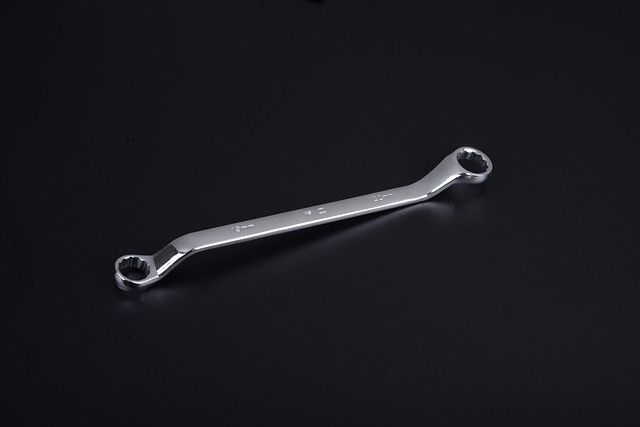
In the intricate process of antique auto restoration, achieving historical accuracy is paramount to preserving the vehicle’s authentic past. This meticulous endeavor requires a deep understanding and extensive research into the era-specific details that define each model. Researchers and restorers must leverage diverse tools and techniques to uncover valuable insights, from vintage manuals and period publications to expert consultations and original parts sourcing. By immersing themselves in these historical resources, they can ensure every aspect of the restoration, including auto bodywork repairs, tire services adjustments, and meticulous car damage repair, aligns with the vehicle’s original specifications.
This research-driven approach is instrumental in avoiding modern interpretations that may inadvertently alter or misrepresent the antique auto’s true character. It enables restorers to make informed decisions about replacements, reproductions, and modifications, ensuring the restored vehicle stands as a faithful representation of its historical counterpart. This level of accuracy not only preserves the car’s aesthetic appeal but also safeguards its value for future generations of enthusiasts and collectors.
Enhancing Preservation: How Research Impacts the Quality of Restorations
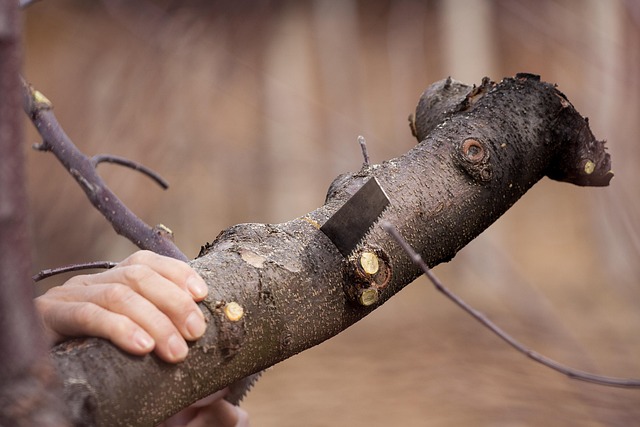
Research plays a pivotal role in enhancing the preservation and accuracy of antique auto restoration. By delving into historical records, studying original manufacturing processes, and analyzing surviving vehicles from that era, restorers gain invaluable insights into the minutiae of design, construction techniques, and materials used. This knowledge becomes the blueprint for meticulous car body restoration, ensuring every detail aligns with the vehicle’s original state.
Moreover, research guides the selection of authentic components, proper auto painting techniques, and suitable finishing touches. It helps restorers avoid common pitfalls and modern substitutions that could compromise the integrity of the antique auto. Ultimately, a well-researched restoration guarantees not only visual accuracy but also preserves the historical value and character of these classic cars, making them cherished treasures for collectors and enthusiasts alike in the car body shop.
Research is the cornerstone of accurate antique auto restoration, enabling restorers to reconnect with the past. By employing specialized tools and techniques, they uncover historical nuances, ensuring that each restored vehicle becomes a living testament to its era. This meticulous process not only preserves the aesthetic beauty but also safeguards the cultural significance of these vintage gems, ensuring their legacy for future generations to admire and appreciate.
